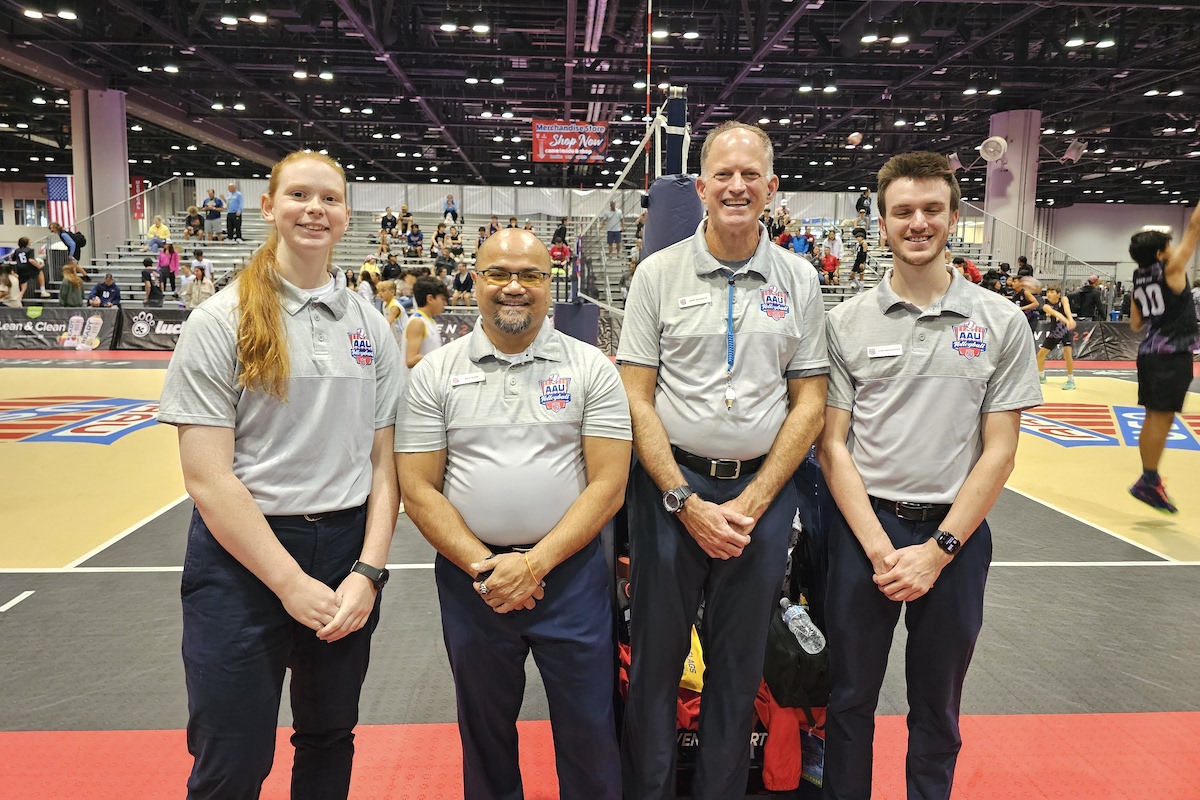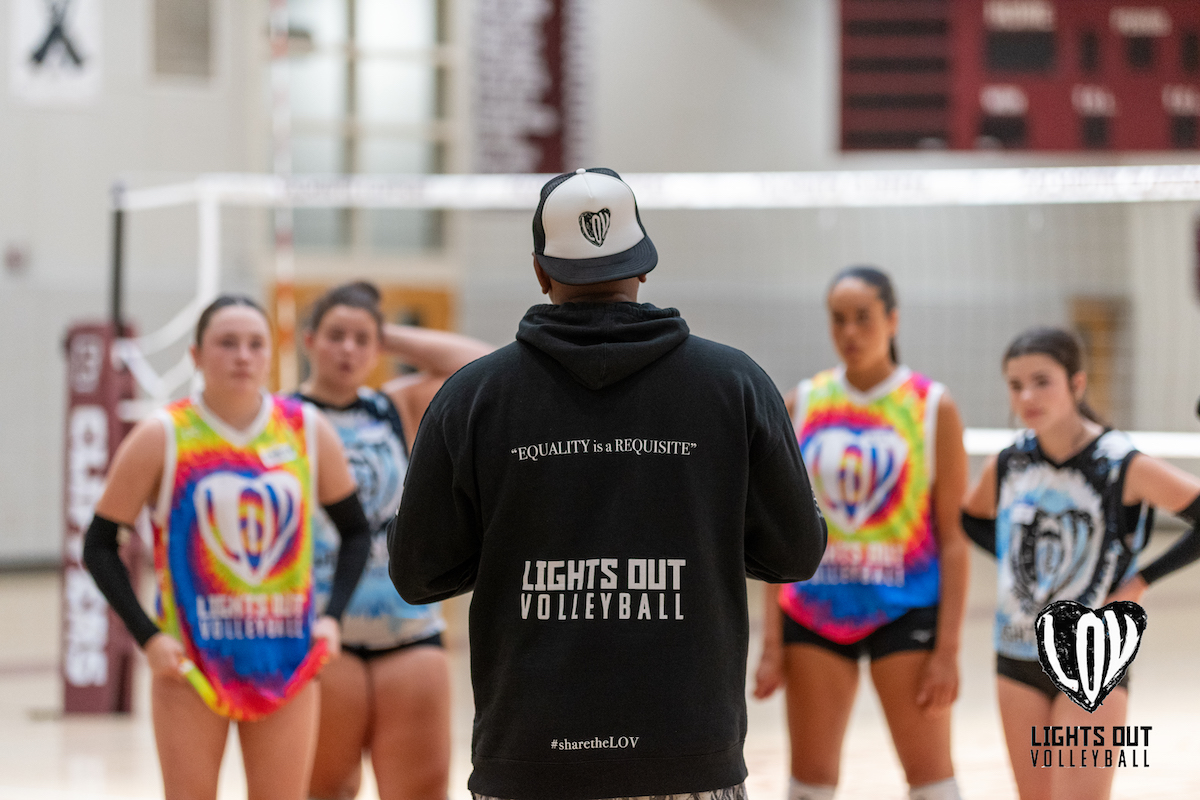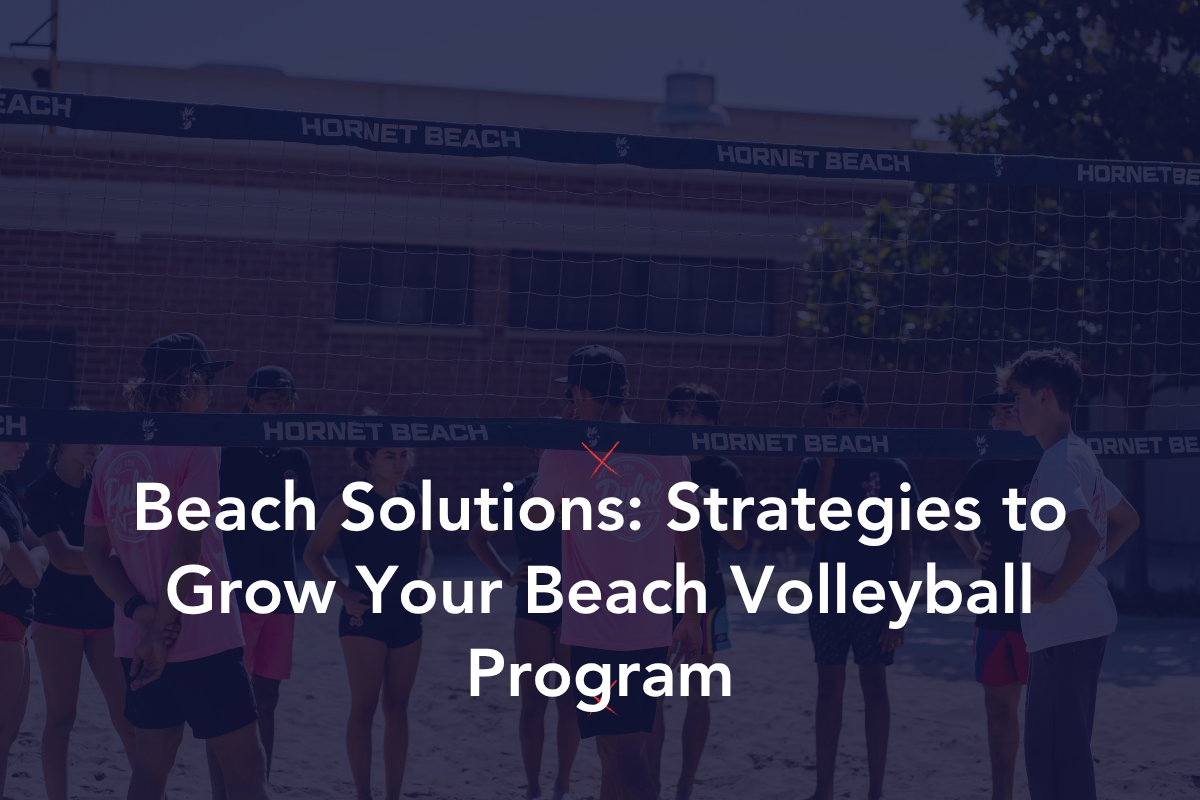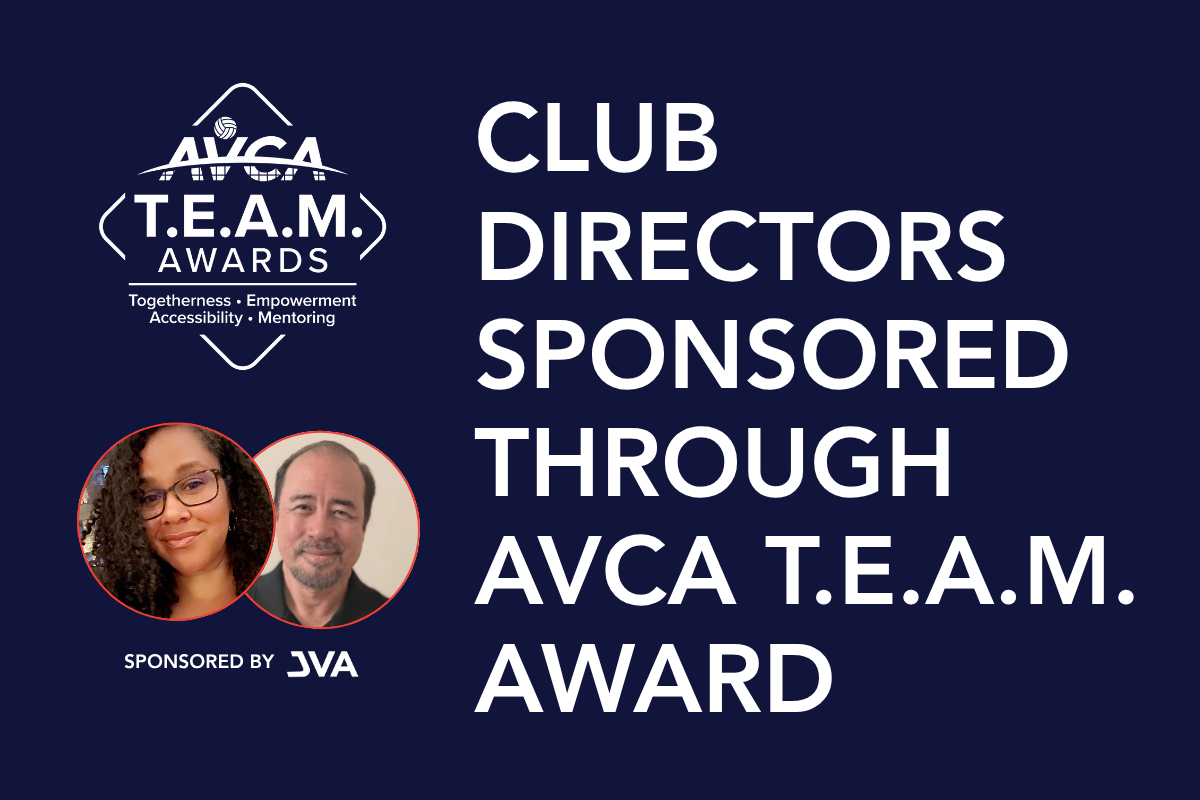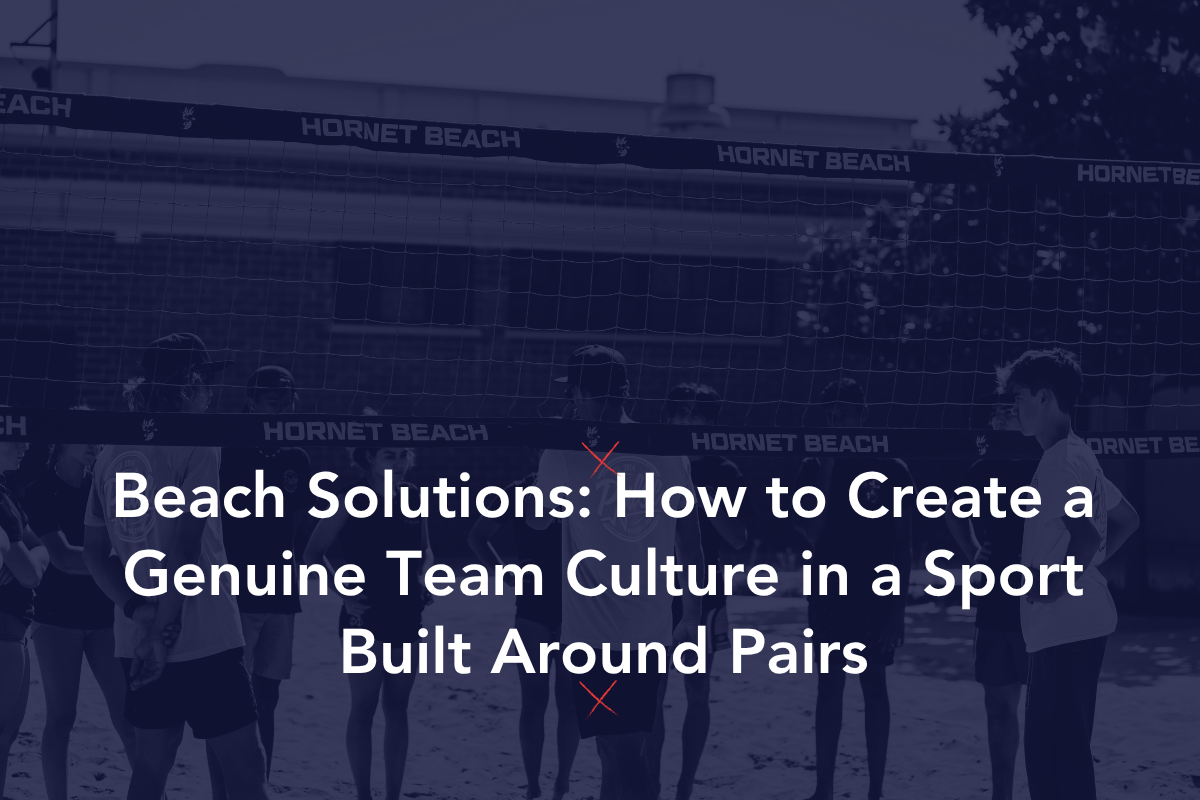The size of the club will not break your success; a small mindset will.
The increase in junior volleyball participation has led to growth in the number of junior volleyball clubs. New clubs are forming, large clubs are acquiring smaller ones, and on average a club is fielding 20-25 indoor teams easily.
Make no doubt about it, junior volleyball is a growing industry comprised of several thousand businesses, some which are large, fielding over 60 teams across 4 locations, and some that are small with under 10 teams training at a local high school gym.
Club directors of small clubs are oftentimes faced with the challenge to stay within a tight budget, juggle the workload of running a club with a full-time job during the day, and and wear many hats.
However, there are many advantages to having a small club, as well as many benefits for the athletes and families.
Here are 5 ways a Club Director can make a small club special in order to thrive in a competitive market:
1. Create and Maintain a Culture Built on Family and Trust
Emulate a family environment by getting to know the names of every athlete, as well as parents. Establish a family environment built on trust where everyone feels that they are working towards the common goal. Treat each player like family by making them feel welcome and show that you truly care about them by keeping an open door.
“I know every kid, every kid knows me. I know all the families, all the families know me. That type of experience works for many people.”
~Julie Thelen Lee, KY Synergy Volleyball Club
“For us, this is way more than wins/losses, bids and medals, we are shaping young athletes into young women and the lessons they learn at VA Elite will carry with them. Often times, coaches and staff spend more time with the athletes then their parents do and they need to be in a caring and competitive environment, much like a family. Being a smaller club allows us to accomplish this. For me personally, I always go back to something Dr. Greg Dale told our staff during one of the many times we brought him for staff training “Culture eats strategy for lunch every time.”
~Lexi Patton, Virginia Elite
“We were a small club only a few years ago. We have grown over 30% each year and I attribute that growth to the “small-club” feel we try SO HARD to emulate. The biggest recruitment and retention tool we use is making each player feel like we know them personally. In order to help us do that, all of our players wear practice shirts with their names on the back of the shirt. This helps our staff call each player by name which, in turn, produces more personal relationships between our staff and our athletes.”
~Matchbox Volleyball Club Director Alexz Smith
2. Provide Each Athlete With Individual Attention and Be Flexible to Their Needs
Encourage your coaches to work with every athlete on the court, and get to know them off the court. Work with your athletes’ schedules to allow for flexibility in scheduling practices and tournaments. This will help attract the multi-sport athlete.
“Being a smaller club also allows us to get involved with our players lives outside of the club. For example, we attend other extra curricular events they participate in. We also try to help our players academically. If we hear one player is struggling with a subject in school, we try to get another player who might excel in it to assist with studying or tutoring. I believe by being a smaller club, we are able to form a strong player/coach bond.”
~Missi Tate, Digtown
“We have the ability to tailor the season somewhat to meet the individual team’s needs. For example, we encourage our athletes to be multi-sport athletes and participate in their high school seasons of basketball, swimming, soccer, track etc. With a smaller number of teams, we can work the team’s schedule around the availability of the players and or add players from another team for a specific playing date.”
~Alyssa LeGrand, Nebraska Juniors
“The biggest advantage to being a smaller club is having the ability to give each player our fullest attention through a very hands on experience, thus allowing players to advance to their fullest capabilities. Also, know that given the choice, most people paying for any service, prefer an individualized approach rather than being treated as just one of the masses.”
~Jodi Schramm, Premier Academy
3. Utilize Resources Rather than Trying to Wear Every Hat
In order to give your athletes an all-around experience, and also alleviate having all of your eggs in one basket (you), find resources such as a fitness coach, team psychologist, parent volunteers, recruiting service, technology/apps. Offer resources such as clinics, online courses, and mentor programs to help coaches learn and develop their craft.
“We bring in speakers to do referee training to cover the jobs we have at tournaments, concussion training, Nutrition training, etc.”
~Julie Thelen Lee, KY Synergy Volleyball Club
“In each practice session I have a lead coach who creates practice plans and serves as a resource and mentor for the other coaches in the practice session. I intentionally hire young, aspiring coaches who are eager to learn from these lead coaches, which creates a positive learning environment for both the coaches and the athletes. I recruit coaches from local high school and collegiate coaches and players from the dozens of area schools and two colleges that are located near our club.We can’t grow the game without growing coaches for the game!”
~Matchbox Volleyball Club Director Alexz Smith
4. Identify and Build on Your Strengths
At the end of the season, survey your members and find out what they love about your club, and hone your strengths. If club’s niche is offering a regional program that is more affordable and time manageable, make that program the best it can be. Rather than try to be more like the larger clubs, identify what makes your club stand out from the larger clubs, and use it as a recruiting tool.
“We accept players into our club on a rolling basis. If we feel that a player is a good fit for us, we invite them into the program regardless of what time of the year it is, or waiting for a formal tryout time. This allows us the ability to service athletes all year round.”
~Jodi Schramm, Premier Academy
“My biggest piece of advice that I have learned throughout the years and from people I respect and admire is to figure out what makes you different from bigger clubs (or any club) and tell your own story. Be who you are, from a mission/values standpoint and find the right players and coaches that fit your model.
~Lexi Patton, Virginia Elite
“Know who you are. By that I mean don’t try and do what the big clubs do. Do what is right for your players, for the parents. Build your own brand of volleyball.”
~Brian Carason, Imperial Intensity Volleyball Club
5. Stay the Course
One small hiccup or one small change may have a larger impact on your club, than it may on a larger club. Losing a few athletes to another club or for other obligations may impact the outlook of your team more than it would a larger club. Every club faces adversity from parents, from injury, from coach or player turnover. Stay the course, and trust your club’s values and club’s mission.
“When the success of our club is measured by the quality of service we provide our athletes, then we as club directors and coaches can make a significant and positive impact in the lives of young adults in our communities.”
~Matchbox Volleyball Club Director Alexz Smith
“Don’t worry about what everyone else is saying or doing…own your journey. Don’t be afraid to make mistakes and adjust when necessary, but stand your ground when it is not.” Missi Tate, Digtown Volleyball
“The single most important thing I have learned is that you have to have the right people on your bus, from coaches to athletes to parents. That may mean you have to make hard decisions about whether coaches, athletes or families come back or you have to have hard conversations with people about expectations but when you find you have the right people on your bus, you will notice an immediate improvement in culture and engagement from everyone!
~Lexi Patton, Virginia Elite
“Understand that big does not mean better. Large amounts of players also means large amounts of issues to deal with and often times large amounts of time distracting from your real goals of training players. If you can service your players adequately in a smaller environment, then stay consistent with your club ideals and stay small.” Jodi Schramm, Premier Academy
Digtown Volleyball, KY Synergy Volleyball Club, Virginia Elite, Premier Academy, Matchbox Volleyball Club, Imperial Intensity Volleyball Club and Nebraska Juniors are all members of the Junior Volleyball Association. For more education for Club Directors click HERE. For related reading
About the Author
Briana has been with the JVA since August 2011. Bri enjoys interacting with passionate junior volleyball club directors and coaches on a daily basis, as well as building relationships with partners who share the same vision and goals of the JVA, and are all about giving back to the juniors. Bri has 12 years of coaching experience at the grade school level all the way through the college level. She was a four year starting setter at Ohio University from 2001 to 2004, where she garnered an All-American and Conference Player of the Year honors. She then continued her career competing professionally in Paris, France.





